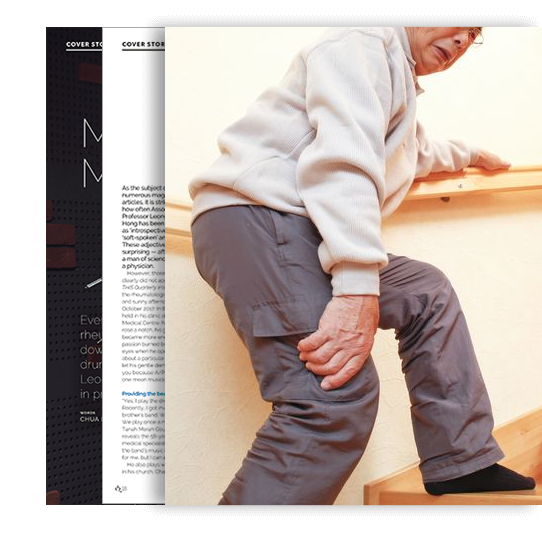Under Friendly Fire
The condition occurs when the immune system is impaired and fails to recognise the body’s own tissues and starts attacking them. It is not known what triggers the autoimmune disorder, but it is likely caused by a number of inherited abnormalities that may be ‘activated’ by environmental factors. In some cases, there have also been reports of a scleroderma-like illness which starts after exposure to certain toxins.
When the autoimmune response attacks the body, it causes swelling (infl ammation) and overproduction of collagen. Collagen is the tough protein that builds connective tissues such as tendons, bones and ligaments, and is a building block of scar tissue formation. Overproduction of collagen causes normal tissues to be replaced by excessive amounts of collagen, causing tissues such as the skin to become tough. While the hardening of the skin is one of the most visible manifestations of the disease, other tissues such as those in the lungs, oesophagus, blood vessels and other organs can also be affected, affecting the way they function.
Thus, scleroderma is classified under two main types: limited and diffused.
Limited Scleroderma affects mainly the face, hands, fingers, arms and legs. The sclerosis is localised and often contained to several patches of hardened and dry skin around these specific areas of the body.
Diffuse Scleroderma is widespread throughout the body. It can affect any part of the body and is not contained to a specific area. It can also affect major internal organs such as the heart, lungs, liver, kidney and even blood vessels and nervous system.

